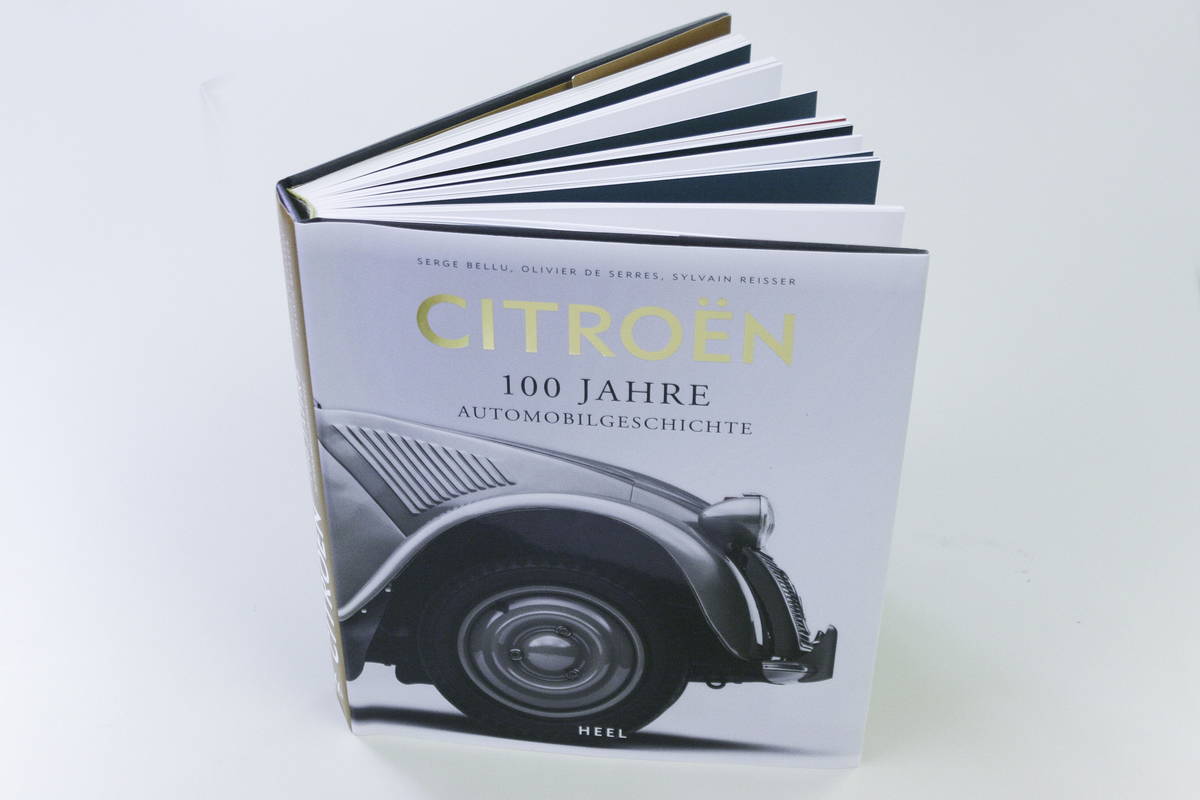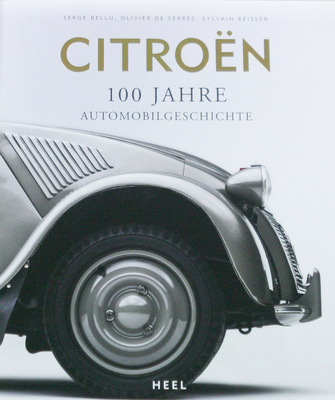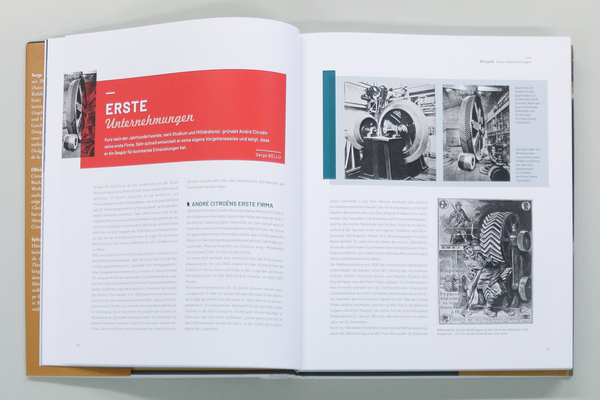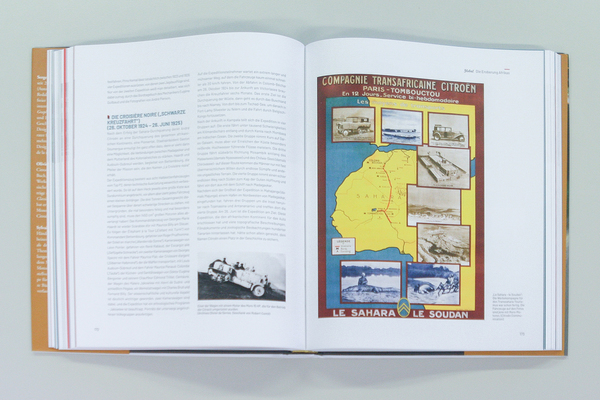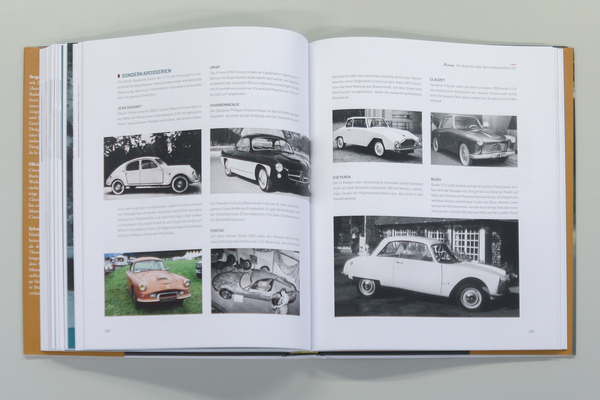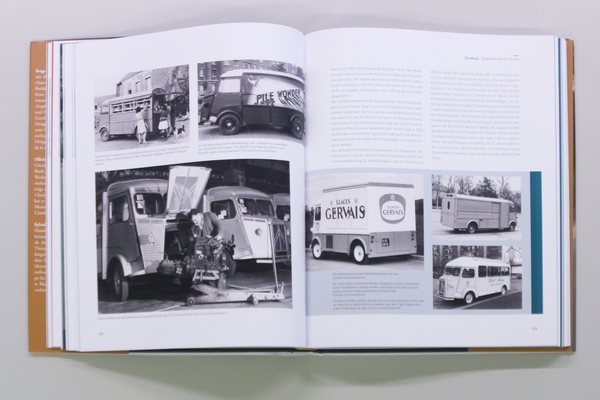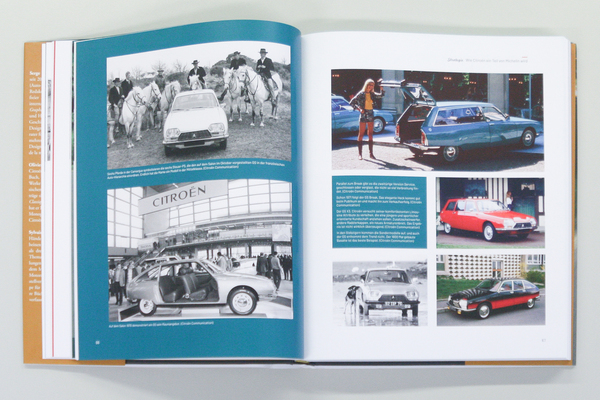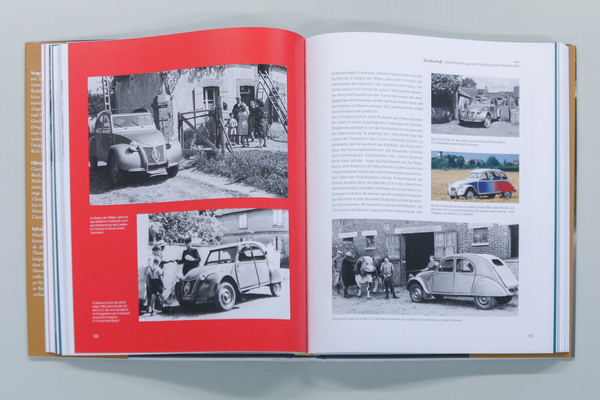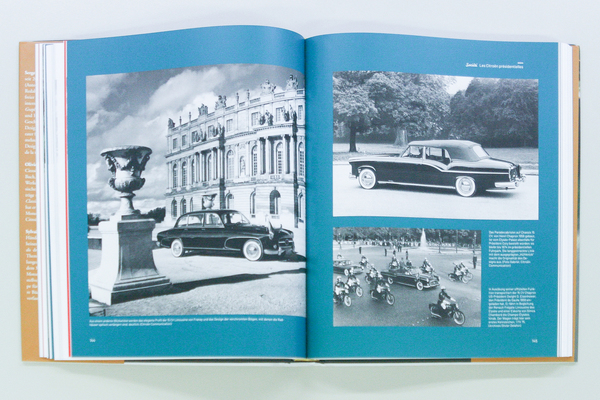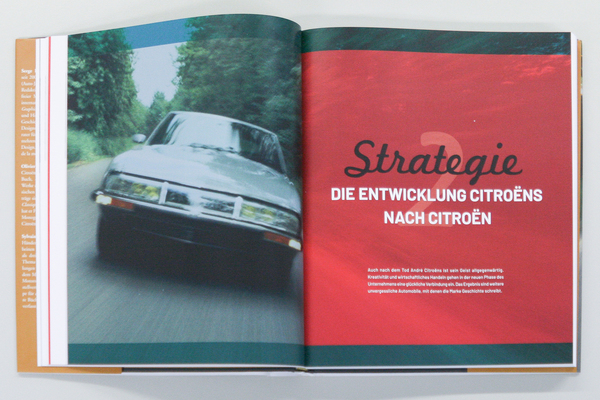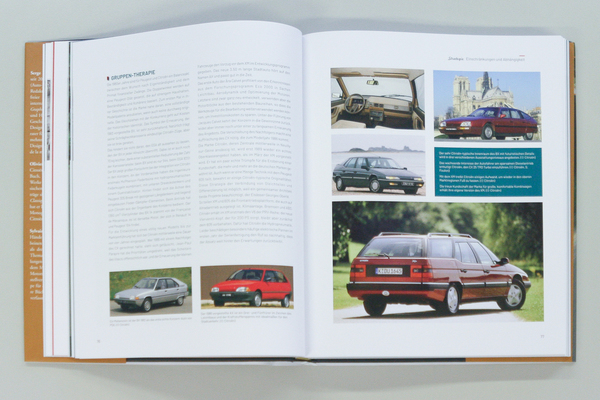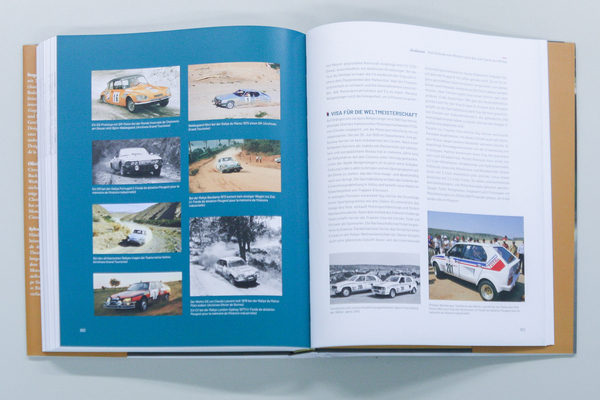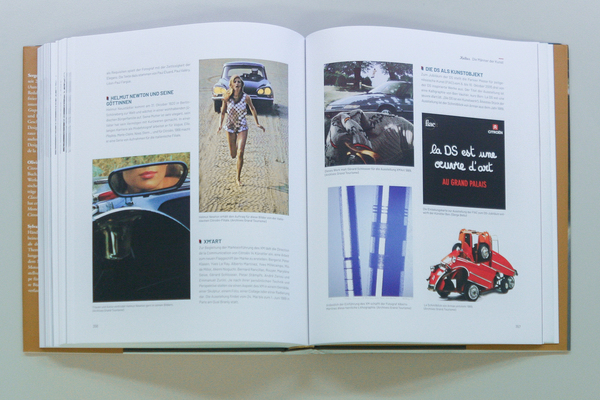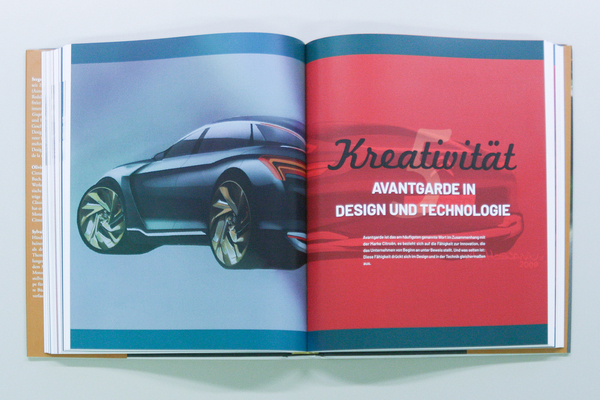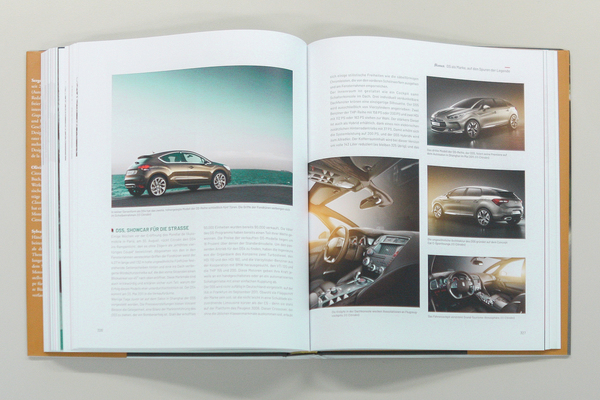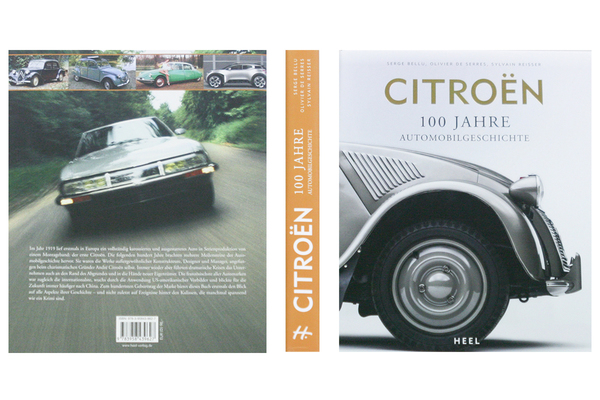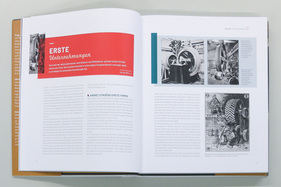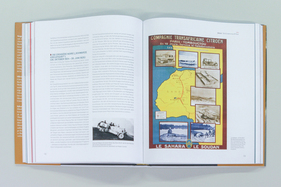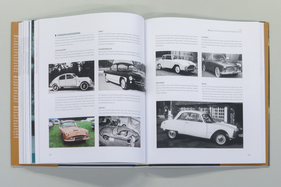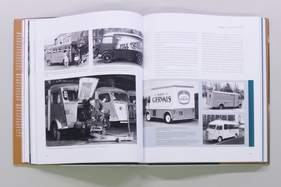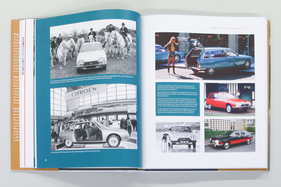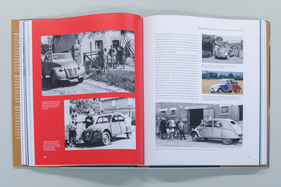In over 400 pages, the authors have succeeded in creating a comprehensive standard work on the Citroën brand. The book, which weighs over 2.5 kilograms, does not tell the story chronologically, but is divided thematically into eight chapters: Roots, Strategy, Society, Global, Creativity, Icons, Culture and Laurels.
The famous company logo
In the beginning, Citroën manufactured gear wheels, which is where the idea for the company logo, the famous double angle, came from. However, the patron soon realized that he could satisfy people's growing desire for mobility with the production of automobiles and thus be successful. However, the global economic crisis at the end of the 1920s put a strain on the company, and Citroën got into difficulties.
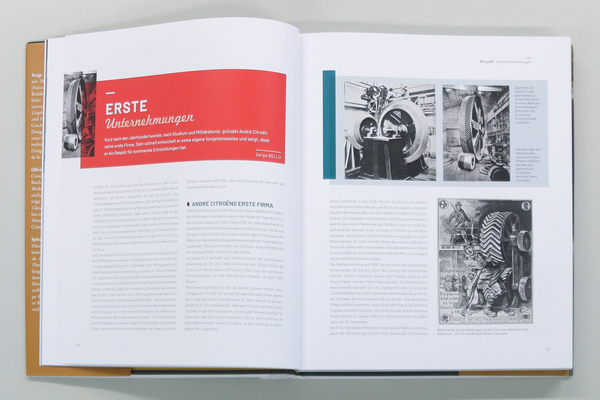
Difficult times
After the bankruptcy in 1934 and the takeover by the main creditor Michelin, André Citroën was only to live for another year, but he left behind a life's work in which his spirit still lives on today.
Takeover by creditors
Under Michelin's leadership, legendary vehicles such as the 2 CV and the "goddess" DS were created. The authors also take a look into the design departments, explain the ideas of the creative minds and show illustrations of concept cars.
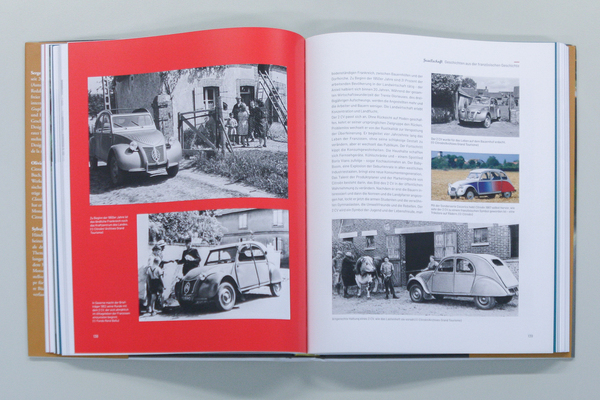
The third icon in the group, the Traction Avant, is also given generous space in the book. Although many other models have also shaped the brand, these three models probably have the strongest appeal.
Always innovative on the road
When we look back today, it is amazing how many innovations came from Citroën. The bend lighting, for example, which is almost taken for granted today, was already available in the DS just a few years after the end of the Second World War, and the hydropneumatic system was developed further for a long time and used in many other models.
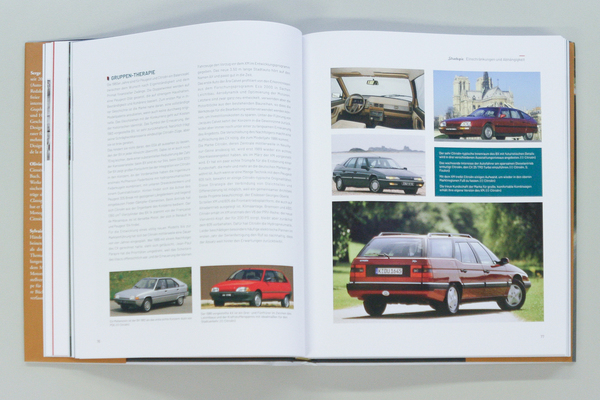
Special molds
The work of Henri Chapron, who was responsible for special bodies and state limousines, is also honored with many photos. His DS Cabriolet versions are still so popular today that they are rebuilt from limousines, as a kind of "recreation".
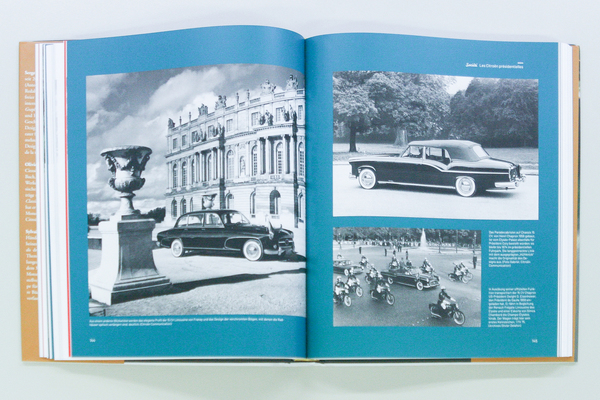
If you are not a profound connoisseur of the brand, you may also be surprised at the large number of body variants that are unknown or little known in our part of the world. For example, there was a small car called "Bijou" for the British market, a 2 CV with a notchback in Chile, and the GS was also offered as a 3-door estate, which the English would call a "Shooting Break" but the French called a "Service".
Immerse yourself in history
The authors use historical pictures to describe the expeditions to Africa and Asia, known as "Crosiéres" (cruises), which gives the work the dimension of a history book. Citroën was also strong in the construction of half-track vehicles, for which no terrain was too difficult.
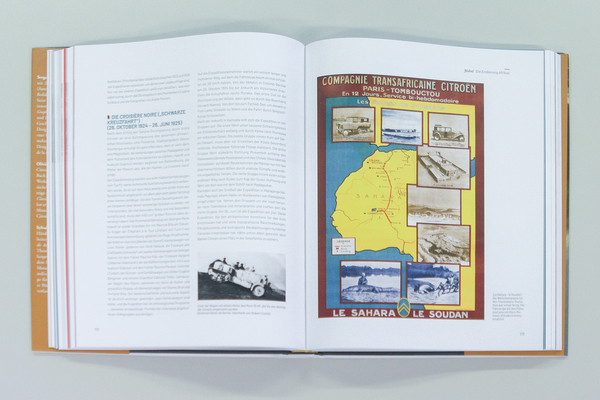
A 2 CV with four-wheel drive and two engines was even designed for tough desert use; however, the model called "Sahara" proved to be too complex for the people in the intended area of use, and fewer than seven hundred of them were built.
Light and shadow
Of course, not only the great successes are highlighted, but also the failures. The GS "birotor", for example, with its Wankel engine, was not destined to have a long life, but Citroën nevertheless learned from every failure and continued to research and experiment with innovative ideas.
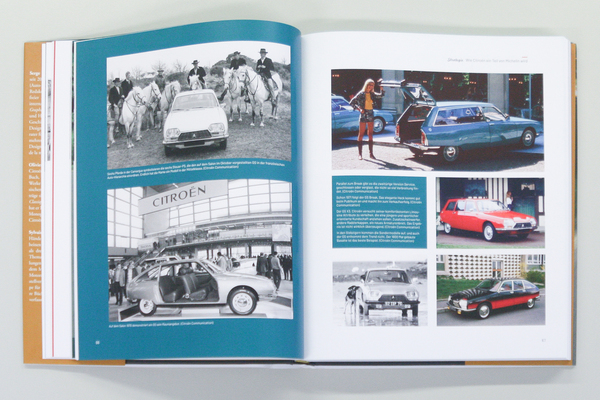
At the end of the book, the authors dedicate around 35 pages to rally and circuit successes, followed by an eight-page model overview, an epilogue by Thomas Albrecht, Head of Public Relations at Citroën Germany 1997-2010, and an index.
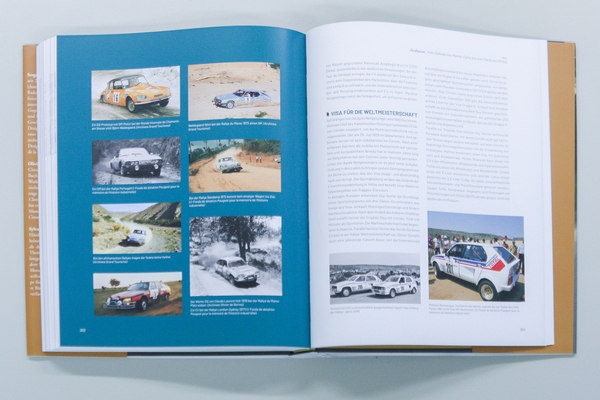
Comprehensive work
The book is a complete work on the Citroën brand, and is recommended for anyone who enjoys a lot of background information as well as the many, sometimes rare, photos.
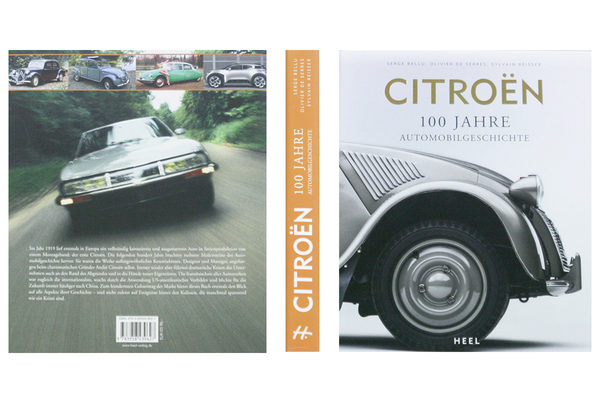
Bibliographical information
- Title: Citroën - 100 years of automobile history
- Authors: Serge Bellu, Olivier de Serres, Sylvain Reisser
- Language: German
- Publisher: Heel Verlag
- Edition: 1st edition, September 2019
- Format: Hardcover, 25 x 3.6 x 29.9 cm
- Scope: 416 pages, over 800 illustrations
- ISBN: 978-3-95843-962-7
- Price: EUR 98.-
- Buy/order: Online at Heel Verlag, at www.amazon.de or in bookstores
